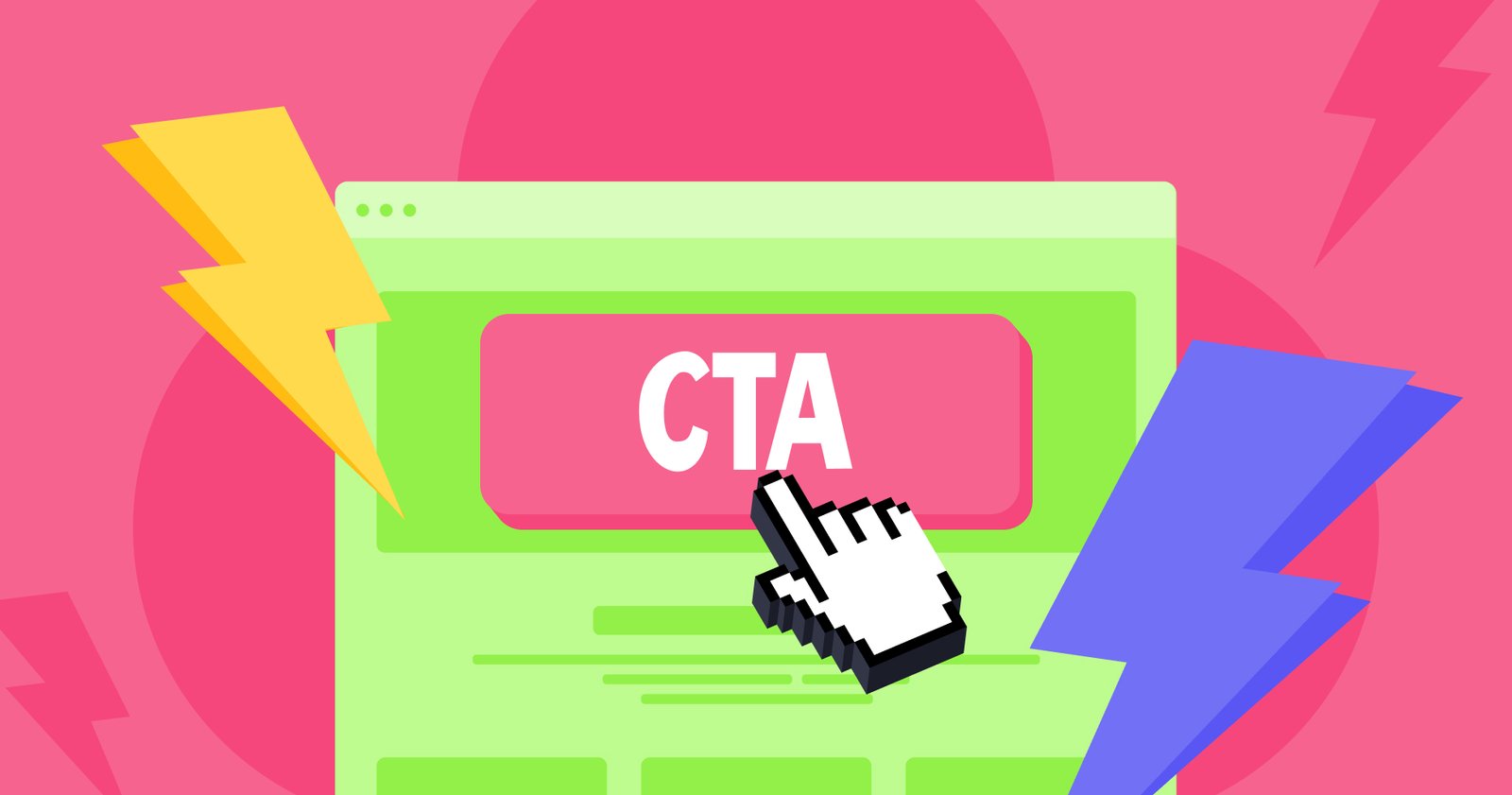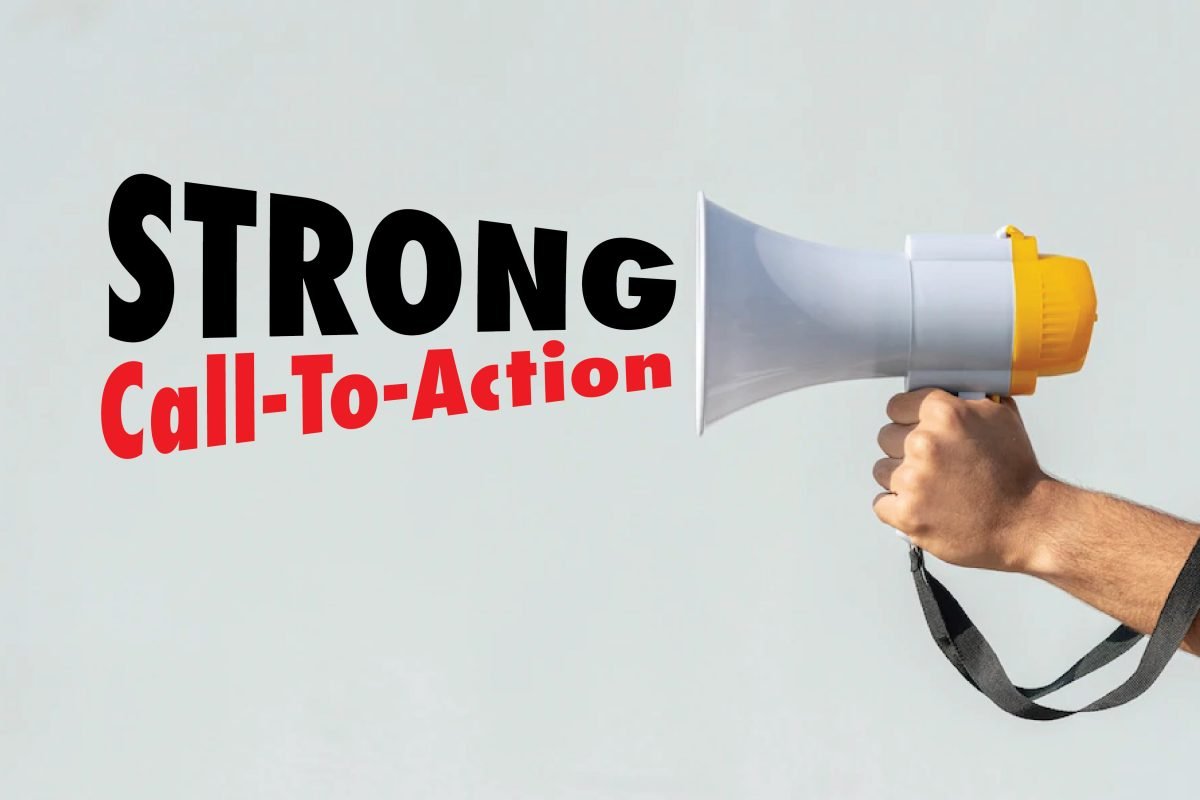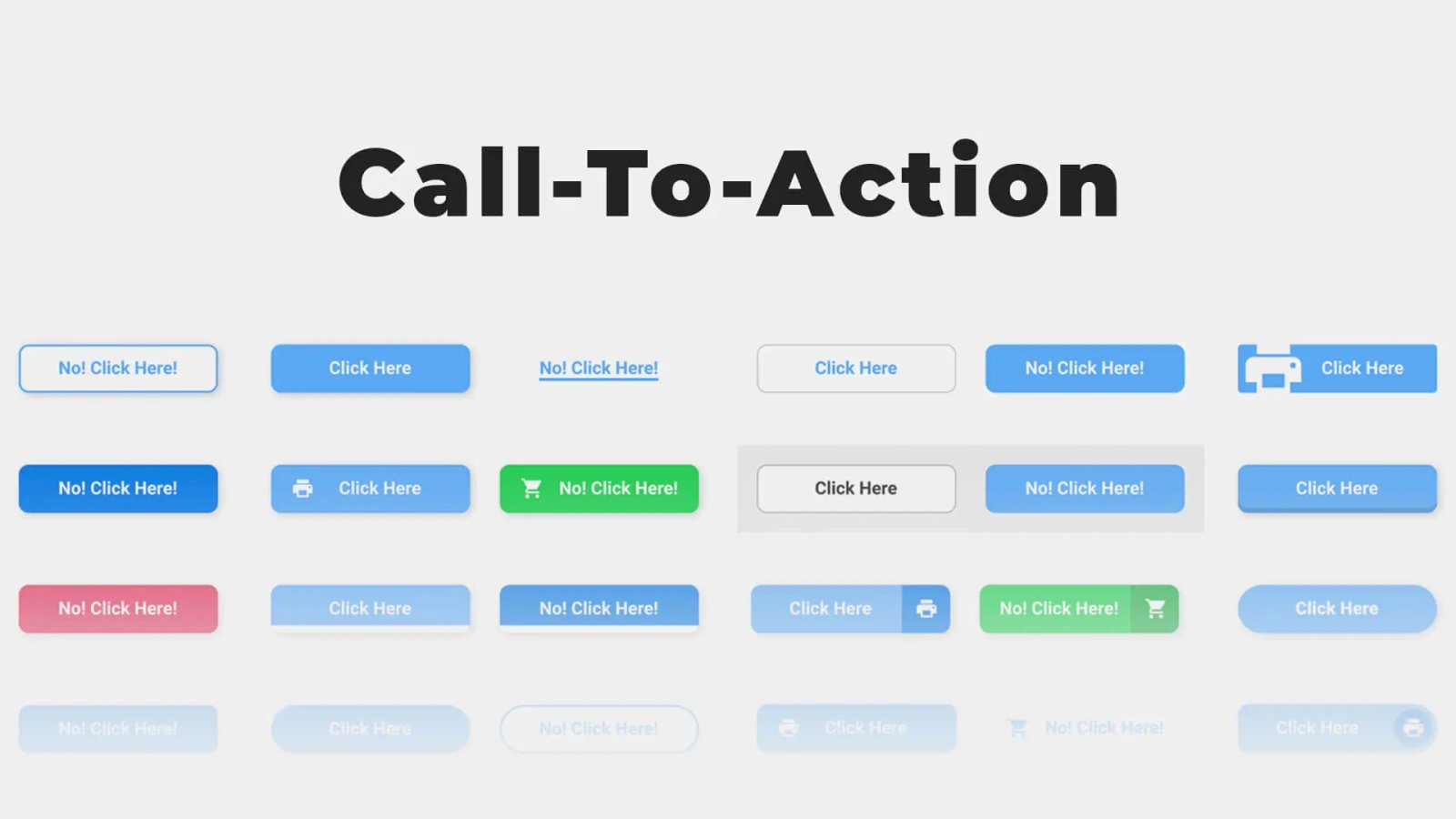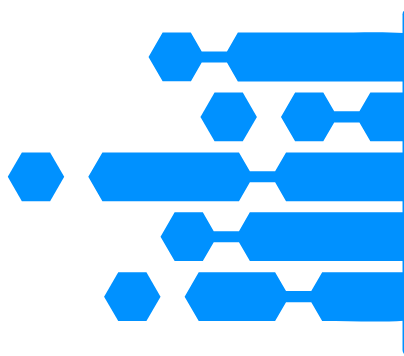Smart CTAs: Turn Clicks into Customers Fast!
In marketing, a clear call-to-action is essential for engaging consumers and increasing conversions. This powerful tool guides users towards specific actions and creates a connection between your brand and its audience. Without a strong call-to-action, even the most compelling content may not connect, leaving potential customers unsure of their next steps.
Understanding Call-to-Action (CTA)

Before delving deep into the importance of a clear call-to-action, it is essential to understand what constitutes a CTA and how it influences marketing strategies.
Definition of Call-to-Action
A call-to-action (CTA) is an instruction designed to provoke an immediate response from the audience. It often manifests as a button or link that prompts users to take specific actions, such as “Buy Now,” “Sign Up,” “Learn More,” or “Download Free Guide.” A well-crafted CTA serves as a bridge between a visitor’s interest and their decision-making process.
CTAs are found across various platforms, including websites, social media, emails, and advertisements. The effectiveness of a CTA largely depends on its clarity, urgency, and relevance to the content presented. Crafting an effective CTA requires a deep understanding of the target audience, the goals of the campaign, and the overall messaging strategy.
The Role of CTA in Marketing Strategy
Incorporating CTAs into a marketing strategy is indispensable for achieving desired outcomes. They serve as navigational aids that direct users through the customer journey – essentially guiding them from awareness to consideration and ultimately to conversion.
A strategically placed CTA can significantly enhance user engagement, creating a seamless experience as users navigate through the sales funnel. CTAs prompt immediate action while reinforcing the value proposition of a product or service. Without a clear call-to-action, users may be left hanging, unsure of what steps they should take next, which can lead to increased bounce rates and lost opportunities.
Common Types of CTAs
There are numerous types of CTAs used in marketing campaigns, each serving distinct purposes depending on the context. Some common CTAs include:
- Lead Generation CTAs: Often used in blogs or landing pages, these encourage visitors to subscribe to newsletters, download ebooks, or sign up for webinars.
- Sales CTAs: These focus primarily on driving sales and transactions, prompting users to make purchases, add items to their cart, or request a quote.
- Engagement CTAs: Used mainly in social media, these seek to foster interaction by encouraging likes, shares, comments, and replies.
- Brand Awareness CTAs: Designed to cultivate familiarity with a brand, these might encourage users to follow social media accounts, watch promotional videos, or read related articles.
Understanding the different types of CTAs allows marketers to tailor their messages and approaches effectively to meet specific objectives.
Why a Clear CTA Matters
The significance of a clear call-to-action in marketing cannot be overstated. From boosting conversion rates to enhancing user experience, a well-defined CTA plays a crucial role in marketing success.
Impact on Conversion Rates
Research consistently shows that a clear call-to-action dramatically impacts conversion rates. When CTAs are straightforward and intuitive, they guide users seamlessly towards the desired action, reducing friction points that might hinder decision-making.
For instance, contrasting colors and compelling design elements can draw attention to CTAs on a webpage. Moreover, utilizing active language – such as “Get Your Free Trial” instead of a passive “Learn More About Our Services” – creates a sense of urgency that encourages users to act quickly.
In analyzing successful marketing campaigns, one can see that brands that invest time in refining their CTAs tend to enjoy higher conversion rates. However, this does not occur by mere coincidence; it results from deep insights into user behavior and preferences.
Enhancing User Experience

A clear call-to-action contributes significantly to a positive user experience. When users know exactly what to do next, their journey through the sales funnel becomes more enjoyable and less confusing.
Imagine navigating a website that lacks direction. Users may feel overwhelmed and frustrated, leading to high dropout rates. However, a well-positioned CTA can help mitigate this issue by providing clarity on the next steps, thus improving overall satisfaction.
Furthermore, when CTAs align with users’ needs and expectations, they create a feeling of being understood and valued. This fosters a stronger emotional connection to the brand and increases the likelihood of returning for future interactions.
Building Trust with Your Audience
A clear call-to-action also plays a pivotal role in establishing trust with your audience. By providing explicit instructions on what to do next, businesses demonstrate transparency and willingness to guide customers through their journey.
Brands that employ vague or complicated CTAs can inadvertently raise skepticism among consumers. A clear call-to-action reassures users that they are making informed choices and that the brand is genuinely interested in helping them. This trust can translate into loyalty and long-term relationships, both of which are invaluable in today’s competitive landscape.
Nailing your CTAs can be a bit challenging, but the right tools can really simplify things. With GoHighLevel, you can design, test, and refine your CTAs all in one spot. Plus, it highlights what’s effective and what’s not, helping you boost your clicks and conversions without any guesswork. If you’re interested in how GoHighLevel can elevate your CTAs, take a look at our detailed post – it’s packed with great insights!
Components of an Effective CTA
Crafting an effective call-to-action requires careful consideration of several key components. Understanding these elements can help marketers design CTAs that resonate with their target audience and drive desired actions.
Use of Actionable Language
The language used in a CTA is paramount to its effectiveness. Actionable language creates a sense of immediacy and urgency, compelling users to take action. Phrases like “Join Now,” “Claim Your Offer,” or “Start Your Free Trial” instill a sense of excitement and motivation.
Using strong verbs and specific terms can also clarify what the user can expect after clicking the CTA. For example, instead of a generic “Submit,” consider “Get My Personalized Plan.” The more specific and enticing the language, the better the chances of conversion.
Importance of Visibility and Design
The design of a CTA significantly affects its visibility. A well-designed CTA is easy to locate and stands out on the page. Factors such as color, size, shape, and font choice all play crucial roles in drawing users’ attention to the CTA.
Additionally, it’s essential to ensure that the CTA is responsive on mobile devices, as a growing number of users access websites through smartphones. A clear call-to-action should be easily clickable and readable regardless of the device in use.
Another vital aspect of design is placement. CTAs should be positioned strategically within the content. For example, placing a CTA at the end of a blog post makes sense as readers who have engaged with the content may be more inclined to take action.
Timing and Placement Considerations
Timing is another critical factor when designing CTAs. Understanding where a user is in their buyer’s journey can influence the type of CTA employed. For instance, a visitor in the awareness stage may respond better to a CTA offering free resources than one attempting to close a sale immediately.
Moreover, adapting the frequency of CTAs based on user engagement can enhance conversions. Too many CTAs might overwhelm users, while too few could leave them unsure of what action to take. Striking a balance is crucial to maintaining a smooth user experience.
Crafting a Compelling CTA

To create a compelling call-to-action, marketers must take a proactive approach that intertwines audience understanding, alignment with content goals, and data-driven optimization.
Understanding Your Target Audience
Gaining insights into your target audience is fundamental to crafting an effective CTA. Conducting thorough research to understand their demographics, preferences, pain points, and motivations can provide valuable context for shaping your message.
Additionally, segmenting your audience allows for personalized CTAs that speak directly to specific groups. For example, a tech company may utilize varied CTAs for novice users versus experienced users, catering to their respective needs and experiences.
Aligning CTAs with Content Goals
Every piece of content you create serves a particular purpose, and your CTAs should align with those goals. A blog post aimed at educating readers about a specific topic may benefit from a CTA that invites them to download additional resources or subscribe for updates.
Conversely, if the goal is to generate sales, the CTA should focus on prompting purchases or offering time-sensitive discounts. Ensuring alignment between CTAs and content objectives maximizes their effectiveness and reinforces the overall messaging strategy.
A/B Testing for Optimization
Optimization is integral to developing a compelling CTA. A/B testing involves creating different versions of a CTA and measuring their performance against each other. Marketers can experiment with variations in wording, design, colors, and placement to determine which combination yields the best results.
This iterative approach not only refines CTAs over time but also provides valuable insights into user behavior. Analyzing what resonates with your audience helps marketers create increasingly effective CTAs that continually improve conversion rates.
Examples of Strong CTAs

Looking at real-world examples can illuminate the characteristics of effective CTAs and inspire innovative approaches to your own marketing efforts.
Successful CTA Campaigns
Some brands have successfully leveraged CTAs to achieve exceptional results. For instance, Dropbox’s simple yet powerful CTA of “Sign Up for Free” has been instrumental in building a vast user base. The clarity and directness of their message encourage quick actions and have contributed to their growth.
Another noteworthy example is HubSpot, which uses strategic CTAs throughout its content to guide users toward insightful resources and tools. Their diverse range encompasses CTAs that appeal to varying levels of user engagement, from beginner to advanced.
Analyzing High-Performing CTAs Across Industries
Across different industries, certain characteristics consistently emerge in high-performing CTAs. For instance, e-commerce companies often incorporate urgency by highlighting limited-time offers, whereas service-based businesses may emphasize risk-free trials or guarantees.
Analyzing CTAs from multiple sectors allows marketers to identify best practices and adapt them within their own strategies. Moreover, understanding industry-specific trends can help shape CTAs that resonate with unique audiences.
Lessons Learned from Failed CTAs
While successful CTAs offer valuable insights, learning from failed attempts is equally important. Many brands have experienced lackluster performance due to vague or confusing CTAs that did not clearly communicate the expected action.
Additionally, poorly designed CTAs that blend into the background can lead to missed opportunities. Reflecting on why certain CTAs failed can inform better practices moving forward and prevent the same mistakes from being repeated.
Integrating CTAs into Your Content

Effectively integrating calls-to-action into your content is essential for maximizing their impact. Various methods can be employed to ensure CTAs are positioned strategically for optimal results.
CTAs in Blog Posts
When incorporating CTAs into blog posts, context is key. Place CTAs naturally within the content, ideally at transitions between topics or after providing valuable information. This allows users to act while the information is still fresh in their minds.
Consider using inline CTAs within the body of the text, as well as prominent buttons at the conclusion of the post. Additionally, employing targeted CTAs related to the blog theme can enhance user engagement and increase conversion rates.
Calls to Action in Email Marketing
Email marketing opens doors for customized calls to action that speak directly to various audience segments. By crafting enticing subject lines that grab attention and pairing them with straightforward CTAs in the body of the email, brands can significantly boost engagement rates.
Focusing on one primary CTA per message minimizes any potential confusion and steers recipients toward the intended action. Moreover, adding a sense of urgency or exclusivity such as time-sensitive deals can further encourage recipients to take action.
Calls to Action on Social Media Platforms
Social media channels serve as ideal spaces for calls to action, allowing businesses to spark interactions and channel traffic towards their websites. Designing eye-catching posts featuring explicit CTAs motivates followers to engage through likes, shares, and comments.
Utilizing story features, polls, and other interactive elements can help foster connections with audiences and prompt responses. The essential aspect is to ensure CTAs are relevant to the specific platform and consistent with the brand’s overarching messaging approach.
Evaluating the Impact of Your CTAs
Assessing the efficacy of calls-to-action is essential for understanding their performance and pinpointing potential enhancements. A myriad of metrics can be scrutinized to gauge effectiveness accurately.
Monitoring click-through rates (CTR) sheds light on how effectively a CTA connects with users. A robust CTR suggests that the CTA captivates attention and motivates users to take action. Conversely, a lukewarm CTR may indicate a need to tweak the language, design, or positioning.
Conversion rates serve as another vital metric, showcasing the fraction of users who complete the desired action post-CTA interaction. Keeping an eye on this information allows marketers to evaluate whether CTAs are efficiently driving conversions and meeting campaign goals.
Beneath the surface of numbers, conducting qualitative research, such as gathering user opinions through surveys or observing behavior – can unveil richer insights into audience attitudes and preferences regarding CTAs.
In Summary
To wrap it up, a well-defined call-to-action forms a fundamental part of impactful marketing tactics. Its capacity to direct users, elevate conversion rates, enhance user experience, and cultivate trust highlights its importance in the customer journey. By comprehending the elements that make CTAs effective, crafting engaging messages, and persistently evaluating their performance, marketers can stimulate higher engagement and attain their business objectives.
At its core, a clear call-to-action transcends mere instruction – it embodies the intertwining of strategic thought, audience insight, and creative flair. Harnessing the influence of CTAs empowers brands to forge genuine connections with their audience and lay the groundwork for enduring success in the digital arena.




